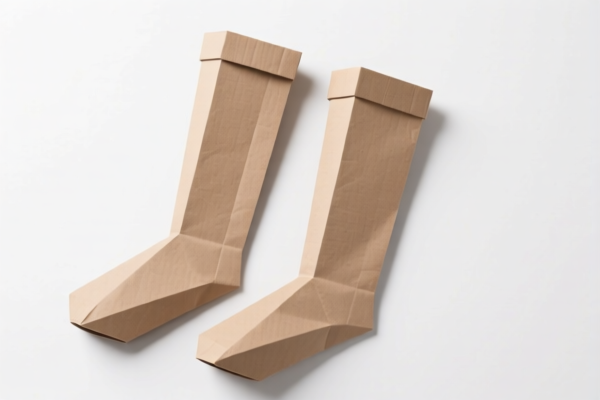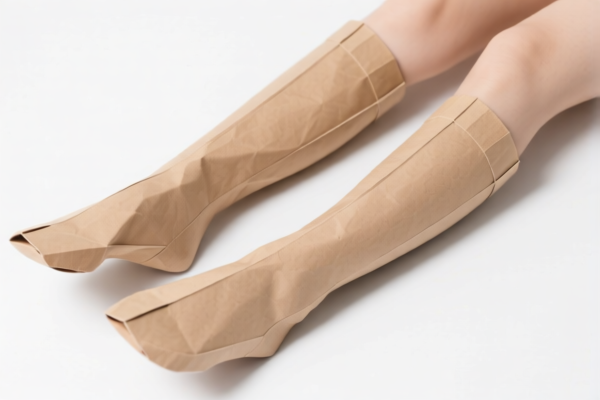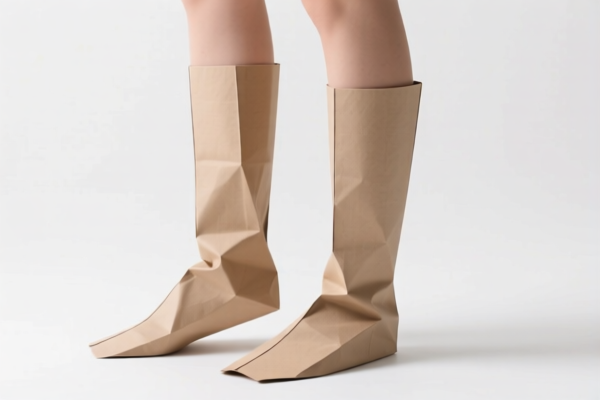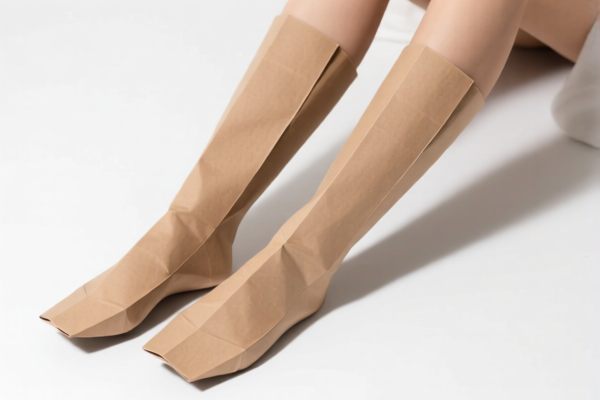| HS Code | Official Doc | Tariff Rate | Origin | Destination | Effective Date |
|---|---|---|---|---|---|
| 6115959000 | Doc | 51.0% | CN | US | 2025-05-12 |
| 6115969020 | Doc | 44.6% | CN | US | 2025-05-12 |
| 6117909080 | Doc | 52.1% | CN | US | 2025-05-12 |
| 6117909095 | Doc | 52.1% | CN | US | 2025-05-12 |
| 6217909075 | Doc | 52.1% | CN | US | 2025-05-12 |
| 6217909075 | Doc | 52.1% | CN | US | 2025-05-12 |
| 6212900010 | Doc | 44.1% | CN | US | 2025-05-12 |
| 6212900030 | Doc | 44.1% | CN | US | 2025-05-12 |
| 6211496020 | Doc | 49.5% | CN | US | 2025-05-12 |
| 6211498090 | Doc | 44.8% | CN | US | 2025-05-12 |
| 3926201010 | Doc | 30.0% | CN | US | 2025-05-12 |
| 3926201010 | Doc | 30.0% | CN | US | 2025-05-12 |
| 3921901100 | Doc | 59.2% | CN | US | 2025-05-12 |
| 3921901500 | Doc | 61.5% | CN | US | 2025-05-12 |




Leg Sleeves
Leg sleeves are fabric coverings worn on the legs, extending from the ankle to varying lengths, typically covering the calf or thigh. They serve a multitude of purposes, primarily related to compression, support, and protection.
Material
Leg sleeves are constructed from a variety of materials, each offering different properties:
- Compression Fabrics (Spandex/Lycra/Nylon Blends): These provide graduated compression, meaning they are tighter at the ankle and looser towards the knee/thigh. They are common for athletic and medical applications.
- Moisture-Wicking Fabrics (Polyester/Microfiber Blends): These materials draw sweat away from the skin, keeping the legs dry and comfortable.
- Breathable Fabrics (Mesh Panels): Often incorporated into compression sleeves, mesh panels enhance ventilation.
- Neoprene: Provides warmth, support, and compression; often used for injury recovery or cold-weather activities.
- Knit Fabrics (Cotton/Bamboo Blends): Offer comfort and mild support; commonly used for everyday wear or light compression.
Purpose & Function
- Compression: Improves blood circulation, reduces muscle fatigue and soreness, and aids in recovery after exercise. Graduated compression helps prevent blood pooling in the lower legs.
- Support: Provides stability to muscles and joints, reducing the risk of injury. Useful for individuals with muscle strains or weaknesses.
- Protection: Shields legs from abrasions, scratches, and the sun. Can also provide a barrier against insects.
- Warmth: Provides insulation in cold weather, helping to keep muscles warm and flexible.
- Proprioception: Enhances awareness of leg position and movement, potentially improving athletic performance and reducing injury risk.
Usage Scenarios
- Athletics: Running, cycling, basketball, soccer, weightlifting, and other sports. Used for performance enhancement, injury prevention, and recovery.
- Medical: Used to manage conditions like varicose veins, edema (swelling), lymphedema, and deep vein thrombosis (DVT). Compression sleeves help improve blood flow and reduce swelling.
- Travel: Worn during long flights or periods of inactivity to prevent blood clots and swelling.
- Everyday Wear: Used for comfort, mild support, or to protect legs from the elements.
- Post-Surgical Recovery: Used to reduce swelling and support muscles after surgery.
Common Types
- Compression Sleeves: The most common type, offering graduated compression. Vary in compression level (mild, moderate, firm).
- Calf Sleeves: Cover the calf muscle, typically used by runners and athletes.
- Thigh Sleeves: Cover the thigh muscle, providing support and compression for activities like cycling or weightlifting.
- Shin Guards (with Sleeve Attachment): Provide impact protection for the shin, often used in soccer, hockey, and other contact sports. The sleeve secures the guard in place.
- Neoprene Sleeves: Offer warmth, support, and compression; often used for injury recovery.
- Sun Sleeves: Made from UV-protective fabrics to shield legs from the sun's harmful rays.
- Recovery Sleeves: Designed specifically for post-exercise recovery, often with features like targeted compression zones.
Based on the provided reference material, the following HS codes may be relevant to “leg sleeves”:
-
3926201010: This HS code falls under Chapter 39: Plastics and articles thereof. Specifically, it covers Heading 3926: Articles of apparel and clothing accessories (including gloves, mittens and mitts). The Subheading 39201010 refers to Seamless Surgical and medical gloves, mittens and mitts. While the description focuses on surgical and medical applications, leg sleeves used for medical compression or post-operative care could potentially fall under this classification. The total tax rate is 30.0%.
-
6115959000: This HS code is under Chapter 61: Articles of apparel and clothing accessories, knitted or crocheted. Heading 6115 covers panty hose, tights, stockings, socks and other hosiery. The Subheading 6115959000 specifically refers to "Other" of cotton. If the leg sleeves are knitted or crocheted and made of cotton, this HS code may be applicable. The total tax rate is 51.0%.
-
6115969020: This HS code also falls under Chapter 61: Articles of apparel and clothing accessories, knitted or crocheted. Heading 6115 covers panty hose, tights, stockings, socks and other hosiery. The Subheading 6115969020 refers to "Other" of synthetic fibers. If the leg sleeves are knitted or crocheted and made of synthetic fibers, this HS code may be applicable. The total tax rate is 44.6%.
-
3926201010: This HS code falls under Chapter 39: Plastics and articles thereof. Specifically, it covers Heading 3926: Articles of apparel and clothing accessories (including gloves, mittens and mitts). The Subheading 39201010 refers to Seamless Surgical and medical gloves, mittens and mitts. While the description focuses on surgical and medical applications, leg sleeves used for medical compression or post-operative care could potentially fall under this classification. The total tax rate is 30.0%.
Regarding HS code 3926201010, please note that the description specifically mentions "Seamless Surgical and medical". If the leg sleeves are not intended for surgical or medical use, this HS code may not be appropriate.
Customer Reviews
No reviews yet.